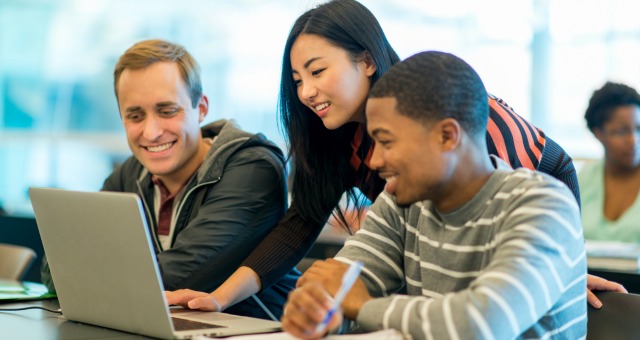In 2010, social media promised to connect students like never before. A decade later, teen loneliness and declining mental health told a different story. Today, AI arrives with similar fanfare. From instant tutoring to effortless research, it offers undeniable educational benefits. But beneath the excitement lies a quieter risk: over-reliance on AI could weaken collaboration, diminish social skills, and leave students less prepared for the teamwork-driven workplaces they’ll enter.
If schools underestimate this shift, as they did with social media, we may miss the early warning signs until it’s too late. The solution isn’t to ban AI — it’s to double down on something irreplaceable: learning how to work together. In this post, we’ll explore why group work is more vital than ever in the age of AI and how educators can make it thrive.
What Group Work Teaches That AI Never Will
Group projects have always been more than just an academic exercise. They help students build teamwork, effective communication, conflict resolution, the ability to work with diverse perspectives, and leadership skills. These are the same competencies that will shape students’ future success in the workplace — and the same skills that allow them to solve complex, real-world problems far better than most solo assignments can.
It’s no surprise, then, that instructors consistently prioritize collaborative learning. A 2023 study by the Higher Education Research Institute (HERI) [1] found that 55% of instructors use collaborative learning in all their courses, more than 90% use it in at least some, and over 80% assign group projects in at least some classes.
The Longstanding Challenge: Fairness in Group Work
Still, collaboration isn’t without its challenges. One of the biggest and most familiar is the uneven distribution of work. The problem becomes even more frustrating [2] when every student in a group receives the same grade, no matter their level of contribution. Many instructors wrestle with how to assess group work fairly while still fostering a true sense of teamwork.
Peer evaluations are a common fix[3]: students rate their teammates’ contributions, and grades are adjusted accordingly. While useful, this method can be flawed — especially when students’ perspectives conflict or when group dynamics get complicated.
At Rumi, we believe the best way forward is transparency. Our platform lets instructors see each team member’s actual input, not just the final product. That visibility supports fair grading, but it also makes it possible to give each student personalized feedback — something instructors can’t do if they only see the group’s end result.
The New Challenge: AI and Isolation
Now, the rise of AI has added a new layer to these challenges. Students increasingly rely on AI [4] for tasks ranging from answering peer questions to conducting research — even offering emotional support. While these tools can be incredibly helpful, they also risk reducing face-to-face interactions and increasing feelings of isolation.
Early studies suggest that over-reliance on AI may erode interpersonal skills [5] and weaken social bonds. The research is still emerging, but the warning signs echo the early days of social media[6]: by the time the full effects are clear, it may be too late to reverse them.
That’s why schools have an even greater responsibility now to foster teamwork and group learning. Collaboration isn’t just a “nice-to-have” — it’s a counterbalance to the siloed tendencies heavy AI use can create. And it’s why Rumi continues to focus on tools that help students work together, not just alongside a machine.
What Schools Can Do Next
AI will transform education — but if we’re not careful, it could also hollow it out. Students who master AI tools but fail to develop collaboration, leadership, and problem-solving skills will be at a disadvantage in the very workplaces AI is shaping.
Schools must act now:
- Require collaborative components in assignments.
- Train faculty in blending human and AI teamwork.
- Adopt tools that reveal both individual and group contributions.
The goal isn’t to restrict technology but to ensure that alongside digital fluency, students gain the one skill AI can’t replicate: the ability to work with other humans to solve complex problems. The future belongs to those who can think together — and it’s our responsibility to prepare students for it.



